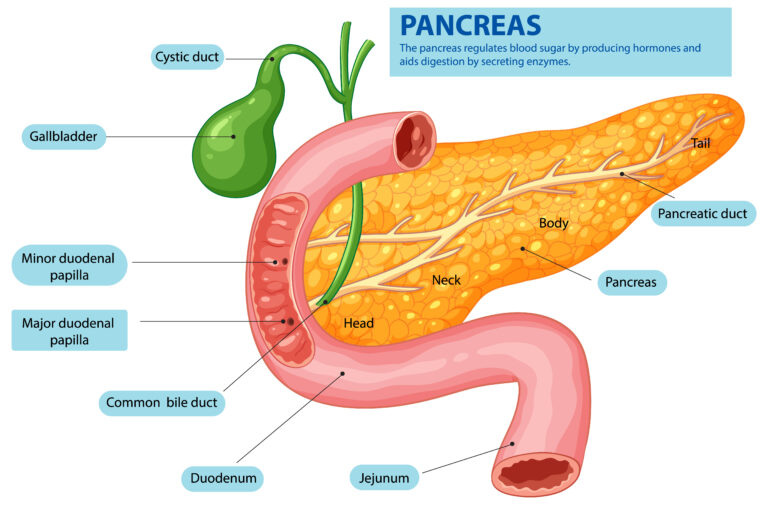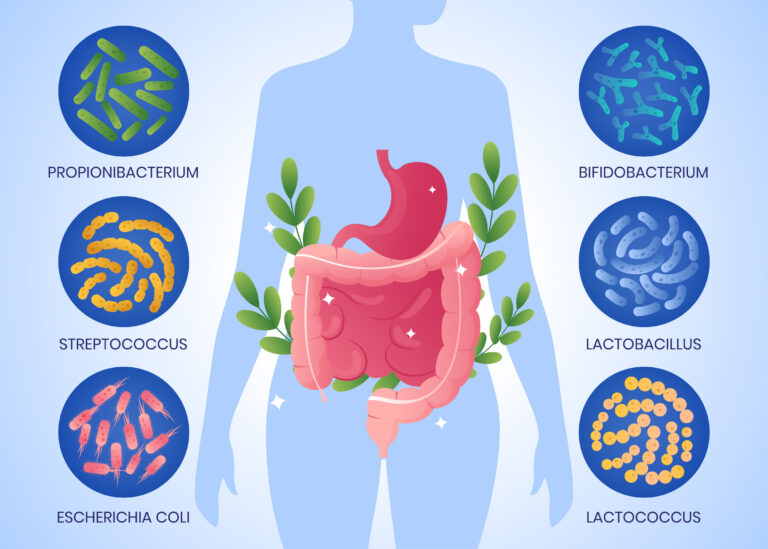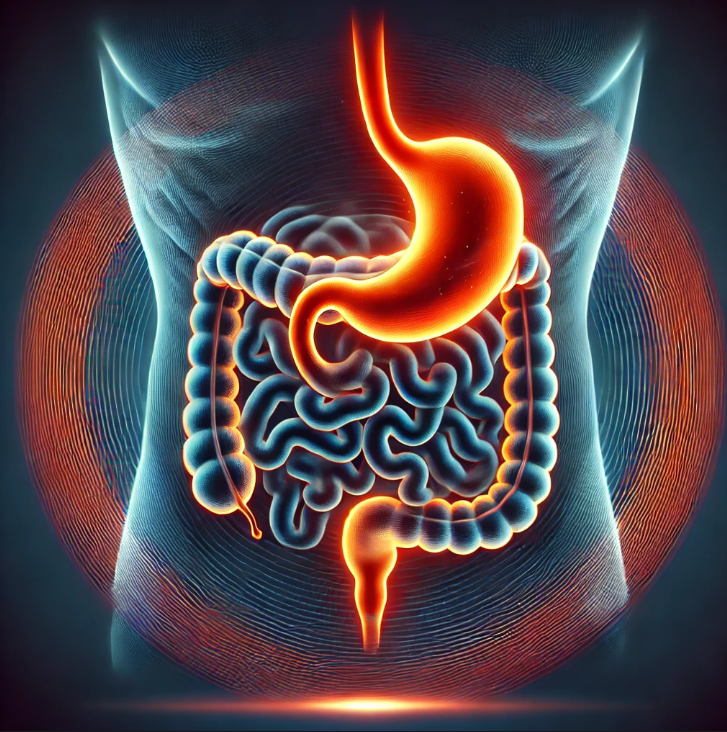If you’re wondering how to increase breast milk supply naturally, focus on adopting the right strategies such as frequent feedings, ensuring a good latch, staying hydrated, having a balanced diet rich in lactation-promoting foods, getting enough rest, and considering skin-to-skin contact with your baby. (La Leche League, 2024).

The Science Behind Milk Production
Before diving into solutions, it helps to understand how your body makes milk.
Key Hormones in Breastfeeding
Prolactin → Stimulates milk production (highest at night—that’s why night feeds matter!).
Oxytocin → Triggers let-down (the “milk ejection reflex”). Stress blocks this hormone!
The Golden Rule: Supply = Demand
Your breasts work on a feedback system—the more milk is removed (by baby or pump), the more your body makes.
Common Misconceptions:
–“Small breasts = low supply.” False! Size doesn’t determine capacity.
–“You’ll always feel full if making enough.” Not true! Supply regulates over time.
7 Evidence-Based Ways on how to increase breast Milk Supply
① Power Pumping (The Fastest Fix)
How it works: Mimics cluster feeding to signal your body to produce more.
Method: Pump for 20 mins, rest 10, pump 10, rest 10, pump 10 (1 hour total).
Best time: Early morning (prolactin peaks 2-5 AM).
② Skin-to-Skin Contact
Why it works: Increases prolactin by 50% (studies show it helps even weeks postpartum).
Try: Nursing shirtless with baby against your chest for 30+ mins daily.
③ Hydration Hacks
Goal: Drink 15 mL per kilogram of body weight daily.
Example: 68 kg mom (150 lbs) = 1,020 mL (~1 L) from fluids + more from watery foods.
Pro Tip:
Keep a 500 mL water bottle at nursing spots—sip every time baby latches.
Add electrolytes (pinch of salt + lemon) if exclusively breastfeeding.
The Academy of Nutrition and Dietetics recommends breastfeeding mothers drink to thirst but notes fluid needs increase by ~700 mL/day over baseline.
🔗 AND Position Paper on Breastfeeding Nutrition
④ Galactagogues That Actually Work
Food/Herb
Food/Herb
Oats :High iron + fiber support lactation
Fenugreek :Effective but can lower supply in some—start slow
Brewer’s yeast: Rich in B vitamins for energy + milk
⑤ Breast Compression Technique
Steps:
1. Nurse as usual.
2. When baby’s sucking slows, gently squeeze breast.
3. Releases fattier hindmilk + keeps baby actively feeding.
⑥ Nurse More Frequently
Newborns: 8-12x/day minimum.
Older babies: Offer both breasts each feed.
⑦ Reduce Stress (Yes, Really!)
– Cortisol blocks oxytocin (your let-down hormone).
– Quick fix: 5-minute meditation before nursing (try the “milk and mindfulness” method).
Common Mistakes That Accidentally Decrease Supply
❌ Supplementing Without Pumping
– Every formula feed without pumping tells your body to make less.
– Fix: Pump when baby gets a bottle to maintain demand.
❌ Strict Feeding Schedules
Waiting 3-4 hours between feeds = missed milk signals.
Fix: Follow baby’s hunger cues (even if it’s hourly!).
❌ Nipple Confusion Risk
Early bottles/pacifiers can alter latch.
Fix: Wait 3-4 weeks before introducing artificial nipples.
When to Seek Help (Red Flags)
🚩 Baby Isn’t Gaining Weight
Expect 141-198 grams /week gain after the first week.
🚩 Fewer Than 6 Wet Diapers/Day
Urine should be pale, not dark/concentrated.
🚩 No Sensation of Milk Release
If you never feel let-down, see a lactation consultant.
If you need more infos on foods to avoid while breastfeeding click here





